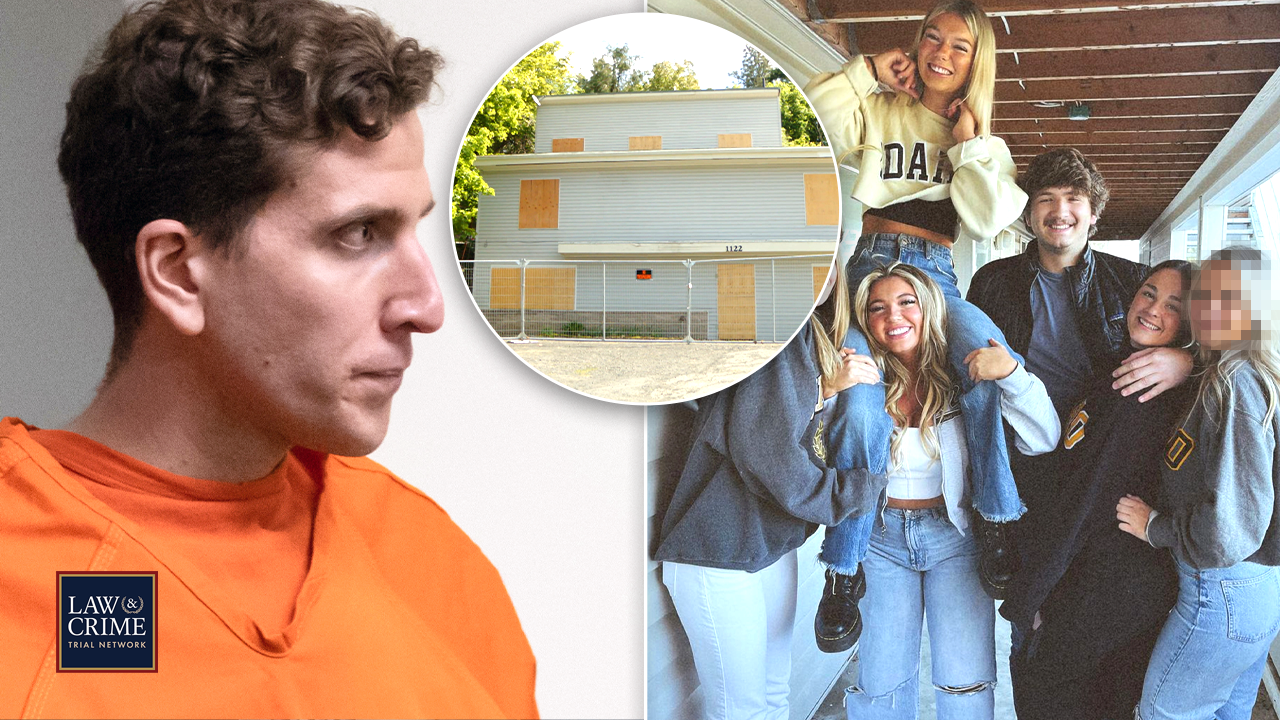The Idaho law's instructions to the jury for a capital case say that the judge must tell the sentencing jury the following:A DP trial means that the defendant has DP qualified attorneys and certain specific DP Motions need to be filed and considered by the judge. Expect to see many of these Motions filed by the defense. If you think there are alot of Motions now, you haven't seen anything yet.
A DP trial requires a special DP qualified jury, the process for picking a jury is longer and more rigorous.
The jurors understand that this is a DP case and this knowledge can make them even more skeptical about the evidence presented against the defendant. However, proponents against the DP cite studies that have shown a DP jury is more likely to convict.
So Kohberger will go to trial under the DP. His trial will be a DP trial.
But it won't be until the sentencing trial where BK would learn his fate. All 12 jurors must vote for death and if even one juror votes against death then the judge will sentence him to LWOP.
<modsnip>
2 Cents
"If the jury decides that the defandant will not be sentenced to death, the judge will sentence the defendant to a term of life imprisonment, during which the defendant could not be paroled for at least ten years and possibly for life."
ICJI 1702 (source)
Last edited by a moderator:



